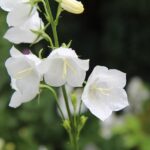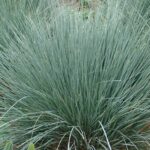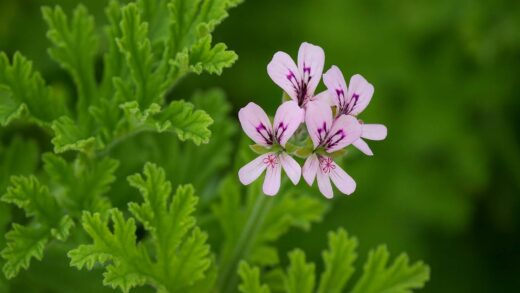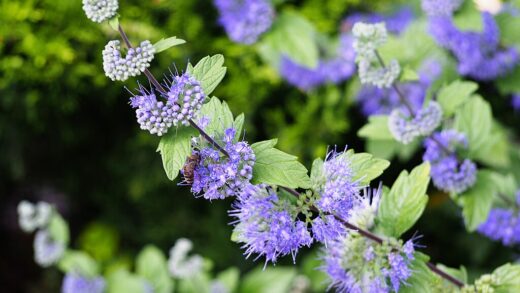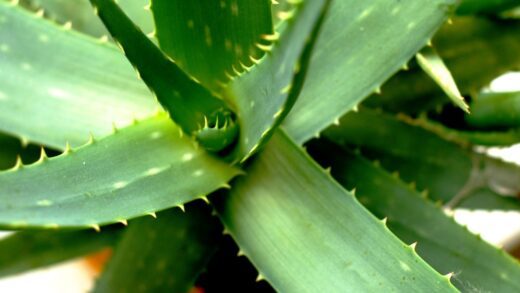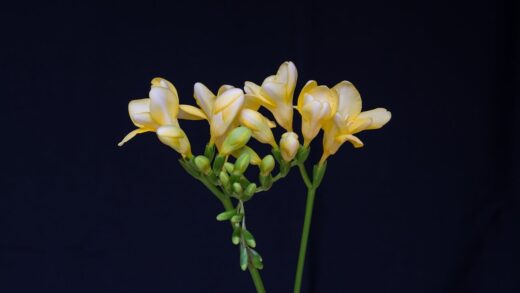Virginia creeper is a deciduous vine native to regions with cold winters, and as such, it is exceptionally well-equipped to survive the winter season. Its ability to enter a state of dormancy allows it to withstand freezing temperatures and emerge with vigorous new growth in the spring. Understanding the natural wintering process and providing minimal but appropriate care can ensure the long-term health and resilience of the vine. While mature plants require very little intervention, young or newly planted specimens may benefit from some protective measures in particularly harsh climates.
The natural dormancy cycle of the vine
As autumn approaches and the days grow shorter and cooler, Virginia creeper begins to prepare for winter. This process is triggered by environmental cues, primarily the decrease in daylight hours and falling temperatures. The plant’s most spectacular feature, its brilliant red foliage, is a direct result of this preparation. As the plant slows down its production of chlorophyll (the green pigment responsible for photosynthesis), the other pigments present in the leaves, such as carotenoids (yellows and oranges) and anthocyanins (reds and purples), become visible, creating the stunning autumn display.
Following this color change, the plant systematically reabsorbs valuable nutrients, such as nitrogen and phosphorus, from the leaves and stores them in its woody stems and root system for use in the spring. Once these nutrients have been salvaged, a special layer of cells, called the abscission layer, forms at the base of each leaf stalk. This layer effectively seals the leaf off from the rest of the plant, causing it to drop. This shedding of leaves is a crucial water conservation strategy, as it eliminates the surfaces from which water would be lost to dry winter winds when the frozen ground makes water absorption impossible.
With its leaves gone, the vine enters a state of dormancy. Its metabolic activity slows down to a near standstill, and growth ceases completely. The plant essentially enters a state of suspended animation, conserving its energy reserves to survive the cold months. The woody stems and the extensive root system are hardy and have adapted to tolerate freezing temperatures. This natural, inbuilt antifreeze mechanism allows the plant to endure the winter without suffering significant damage.
This dormancy period is not just a survival tactic; it is also a necessary phase in the plant’s annual life cycle. Many temperate plants, including Virginia creeper, require a period of cold, known as vernalization, to properly regulate their growth cycle. This cold treatment ensures that the plant will not break dormancy too early during a brief winter warm spell, only to be damaged by a subsequent return to freezing temperatures. The plant will remain dormant until the longer days and consistently warmer temperatures of spring signal that it is safe to resume growth.
More articles on this topic
Preparing the plant for winter
For a mature and well-established Virginia creeper, winter preparation is remarkably simple and requires very little effort from the gardener. The most important task is to ensure the plant enters the winter in good health. Throughout the late summer and early autumn, it is wise to cease any fertilization. Applying fertilizer late in the season can encourage a flush of new, tender growth that will not have sufficient time to harden off before the first frost and will be highly susceptible to winter damage.
Watering practices should also be adjusted in the autumn. As the plant’s growth slows, its water needs decrease. Reduce the frequency of supplemental watering and allow the soil to dry out more between applications. However, it is beneficial to give the plant one last deep, thorough watering in the late autumn, just before the ground freezes solid. This ensures that the soil around the root zone is adequately moist, which can help to protect the roots from desiccation in dry winter winds.
A general cleanup around the base of the plant is also a good practice. Rake up and dispose of the fallen leaves, especially if the plant has shown any signs of fungal diseases like leaf spot or powdery mildew during the growing season. This sanitation measure helps to remove overwintering fungal spores and reduces the likelihood of the disease reoccurring the following spring. Leaving a thick mat of leaves can also provide a hiding place for slugs and other pests.
Finally, take the opportunity in late autumn, after the leaves have dropped, to inspect the vine’s structure. Check its points of attachment to its support and ensure they are secure enough to withstand strong winter winds and the potential weight of snow or ice. This is also a good time to perform any light pruning to remove stray branches that might whip against windows or siding during winter storms, preventing potential damage to both the plant and the structure.
More articles on this topic
Protecting young vines in harsh climates
While mature Virginia creeper vines are exceptionally hardy, young plants that have only been in the ground for one or two seasons have less developed root systems and a smaller reserve of energy. In regions with particularly severe winters, with deep ground freezes and harsh, drying winds, these young specimens may benefit from some extra protection to ensure their survival and a strong start in the spring.
One of the most effective ways to protect a young vine is to apply a thick layer of mulch around its base after the first hard frost but before the ground freezes solid. A four- to six-inch layer of organic material like straw, shredded leaves, or wood chips will act as a blanket, insulating the soil. This helps to prevent the extreme temperature fluctuations that can cause the ground to repeatedly freeze and thaw, a process which can damage tender young roots and heave the plant out of the ground.
The mulch serves to keep the ground frozen at a more consistent temperature, protecting the dormant roots from the most extreme cold. It also helps to conserve whatever moisture is in the soil, protecting the roots from drying out. When applying the mulch, be sure to keep it a few inches away from the main stem of the vine to prevent moisture from being trapped against the bark, which could lead to rot.
In climates with very strong and persistent winter winds, the above-ground portions of a young vine can be susceptible to desiccation, or drying out. To protect against this, a temporary windbreak can be constructed using burlap or snow fencing placed on the windward side of the plant. This helps to deflect the harshest winds and reduce the rate of moisture loss from the young, woody stems, which is especially important during sunny but freezing winter days. This level of protection is generally only necessary for the first one or two winters.
Post-winter care and revival
As winter begins to recede and the signs of spring appear, the Virginia creeper will slowly begin to break dormancy. The warming soil temperatures and increasing day length signal the plant to start mobilizing its stored energy reserves. The first signs of life will be the swelling of the small buds along the woody stems. These buds will eventually open to reveal the new season’s leaves and shoots.
This transitional period in early spring is the ideal time to perform the main structural pruning for the year. With the branches still bare, it is easy to see the entire framework of the vine. This is the opportunity to remove any wood that was damaged over the winter, identified by stems that are brittle, discolored, or show no signs of swelling buds. It is also the time to prune for size and shape, cutting back any overgrown sections and thinning out congested areas to improve air circulation for the coming season.
Once the danger of a hard frost has passed and new growth is actively emerging, it is time to remove the winter protection from young plants. Gently rake back the thick layer of winter mulch from the base of the vine. A thinner, two- to three-inch layer of fresh mulch or compost can then be applied to help conserve moisture and suppress weeds during the growing season. If a burlap windbreak was used, it should also be removed to allow for full sun exposure and air movement.
As the plant leafs out, monitor its water needs. The spring can sometimes be a dry period, and the vine will appreciate consistent moisture as it undergoes its most rapid phase of growth. Resume a regular watering schedule if rainfall is insufficient, ensuring the soil remains moist but not waterlogged. A light application of a balanced fertilizer or a top-dressing of compost at this time can provide the nutrients needed to fuel this vigorous spring flush of growth, setting the stage for a healthy and productive season.













